-
Duration
2-12 Weeks -
Accompanied age
12+ -
Minimum age
18+ -
Start dates
Every Monday -
From
$1,080
-
Duration
2-12 Weeks -
Accompanied age
12+ -
Minimum age
18+ -
Start dates
Every Monday -
From
$1,080
Namibia wildlife sanctuary & reserve
Quicklinks
Volunteer within a busy sanctuary that provides a safe haven for injured, orphaned and conflict animals whose aim is to release as many animals back into the wild. You will have the rare and exciting opportunity to actively participate in the conservation, rehabilitation, care and research of African wildlife with one of the country's leading wildlife organisations.
You will play an important role caring for the 200 animals within the wildlife sanctuary which includes a number of lions, leopards, cheetahs, wild dogs, baboons and more. On top of this, you will spend plenty of time in an open top jeep within the 7,500 hectare private reserve, where you will carry out observations and collect research data on the free-roaming carnivores, elephants, rhinos, giraffes, zebras and over 15 other species.
This unique programme provides you with the ultimate experience of being able to get up close to care for many exotic animals, while also heading out on a famous African safari. What makes this programme even more special is the fact that all animals currently present are here because they need to be, and not to generate money from tourists or visitors.
Background to the wildlife sanctuary
As with many Southern African countries, Namibia has faced severe challenges associated with wildlife poaching and the illegal trade of pangolins, rhino horns and elephant tusks. Although there have been recent successes with a decline year on year with poaching incidents, the dedicated task forces and government agencies have yet to completely eradicate the problem which is continuing to make headlines around Namibia.
On top of the poaching crisis, there is also an ongoing conflict between humans and carnivores, especially cheetahs. Namibia is famously known for being the cheetah capital of the world, with over 3,000 of these wild carnivores thought to be roaming the country. As the country's population rises, villages and towns need to grow and more land is needed for farming and other essential activities. In the cheetah's eyes, humans are encroaching onto their territory with their habitats shrinking on a daily basis.
Unfortunately, this conflict is resulting in many livestock animals being killed and damage being caused to crops and farmlands. In retaliation, the farmers and villagers are having to result to protecting their livelihoods by killing problematic carnivores.
With this fierce battle continuing to this day, the wildlife sanctuary is providing a safe haven to injured carnivores and other animals to rehabilitate them and to release as many animals back into the wild in a controlled manner. You and other volunteers will not only provide an essential pair of hands to care for any animals currently within the sanctuary, but you will also assist with ongoing research projects to help try and combat the human-wildlife conflict.
You will have the rare and exciting opportunity to work closely with and actively participate in the conservation of African wildlife. This unique programme will allow you to get up close to a vast array of animals within the sanctuary and to also participate in vital research in the surrounding reserve and villages that will contribute to sustainable measures being formed.
Where will I be volunteering?
The wildlife sanctuary started in 2008 with the aim of providing a safe haven for injured, orphaned and conflict animals. Whenever possible, their goal is to release animals back into the wild in a safe and controlled manner, with the project directing all its efforts towards the long-term rehabilitation of animals. To date, the local team have successfully rehabilitated and released over 40 carnivores back into the wild, relocated many problematic animals to safe areas away from farmlands and helped many other species that now call the large free-roaming reserve home.
Sadly, not all of the animals housed here can be released back into the wild as many are orphaned and have been hand-raised or have extensive injuries, meaning that they have become too used to captivity. Where this is true, the local team and volunteers provide extensive care and enrichment to ensure all animals are happy and well looked after.
The sanctuary provides a safe refuge for over 200 orphaned or injured animals including a number of lions, leopards, cheetahs, wild dogs, caracals, baboons, meerkats as well as many farmyard animals. On top of this, there are many other animals that have been successfully released into the 7,500 reserve located next to the sanctuary including free roaming carnivores, rhinos, elephants, giraffes, zebras, kudu, ostrich and 15 other species. You will get to see all of these amazing animals as you carry out your daily activities at both the wildlife sanctuary and on the private reserve.
What makes this programme so special is the fact that all animals currently present within the sanctuary or on the private reserve are here because they need to be. Unlike many other projects, the animals are not here to generate money from tourists or visitors but because without the local team rescuing them, their chances of survival would have been very limited.
The local team have several safe release sites around Namibia including Kanaan and Neuras in the Southern deserts and Mangetti in the North. Within these sites there are several other research and community programmes that you are more than welcome to be involved in and further information can be found here.
What is my role?
You will play an important role in caring for the 200+ animals that call the wildlife sanctuary home. You'll be working hands-on to develop and maintain the sanctuary and its surrounding areas so that the rehabilitation work can continue to make a difference and grow. Some of the more important tasks that you will assist with include preparing the food and feeding all of the animals, cleaning and maintaining all of the enclosures, creating and providing enrichment, administering medication and providing general care to the animals.
On top of the above, there are several species of animals that need some extra attention at the sanctuary. As baboons are often referred to as pests in Africa, many of them sadly end up being shot or mistreated. With this being the case, the sanctuary takes in large numbers of orphaned baby baboons who would simply not be able to survive on their own in the wild. As a volunteer, you'll help to care for these social animals and accompany them on enrichment walks through the bush where you'll certainly be used as a climbing frame!
Due to the human-wildlife conflict, the sanctuary has become home to many cheetahs that are either too habituated or injured to return to the wild. Although they have large enclosures, you will get to experience enrichment walks with these big cats providing them with the freedom to run as they would in the wild.
You'll also have the opportunity to join the sanctuary's resident carnivores for their mealtime where you will help prepare and throw food to the lions, leopards, cheetahs and wild dogs. This unique task will provide the perfect front-row seat to watch the carnivores very closely and at their most wild!
As part of the programme, all volunteers will head out onto the Zannier Reserve in an open top jeep (at least once or twice per week) to participate in a range of research activities. You will have the opportunity to monitor the free-roaming carnivores, place and analyse camera traps, analyse GPS data and track collared animals, carry out game counts and also attend any conflict calls if the need should arise. On occasions, you will head out into the reserve at night time to provide an additional presence to help the anti-poaching unit and to try and observe the more elusive and nocturnal animals.
On regular occasions, you will also get to head out on the reserve on horseback. This unique experience will allow you to get up close to many of the free-roaming animals - something you will not forget in a hurry!
Depending on the length of your stay, you may have the chance to visit the Shiloh Wildlife Sanctuary. Named after Angelina Jolie's Namibian-born daughter, the sanctuary is home to many rhinos and elephants that have been left orphaned or injured as a result of poaching.
This is your chance to join one of the country's leading conservation initiatives to make a real difference to the lives of many animals. You will create many unforgettable memories, make new lasting friendships and learn so much.
What will a typical day look like?
You will generally be volunteering from 8am to 5:30pm Monday to Friday with some additional activities scheduled for Saturday morning. Activities and timings vary depending on the number of volunteers and the needs of the animals and project at any given time, so please be prepared to be flexible - be ready to take on any tasks and to get dirty in the process!
Every day will start with a morning meeting where the activities for the day will be explained and any exciting news shared. Everyone will then head out into the sanctuary or onto the private reserve to carry out their tasks before returning for a 90 minute lunch break. After lunch everyone will come together again for a group meeting and then the afternoon activities will last until 5/5:30pm. After a busy day volunteering, everyone will congregate at the mess hut for dinner at 6pm and then the rest of the evening is free for you to socialise and play games.
During your free time you can enjoy relaxing in the swimming pool, have lunch at the luxury lodge and gather around the open fire pit with some snacks and drinks from the on-site shop. You can also head into Windhoek every Sunday to go shopping and explore the capital with transport already scheduled.
Where will I be staying?
The sanctuary is nestled deep within the heart of the vast African savannah where you will get to wake up each morning with views across the lush grass plains and of the magnificent mountains – a sight to behold! As the sun starts to rise, the only sounds you will hear are that of the nearby animals.
You will be staying within the grounds of the sanctuary in one of the many fixed canvas tents that boast their own private decked porch. You can cool down in the luxurious swimming pool where you may see a warthog or two pass by, play pool and enjoy a delicious lunch at luxury lodge nearby.
Other things to consider
Multiple programmes - Whilst in Namibia you may have the opportunity to head to the Kanaan research site located in the southern deserts, teach within the local school or assist within the lifeline clinic in the north. If this is something you are looking to do, we would recommend arranging this before you travel as spaces may be limited when you arrive.
Horseback riding - Although most volunteers do get to experience horseback riding in the nearby private reserve, this is not a guaranteed activity. Please note, if you volunteer between the months of July and September the horses require their annual vaccinations and as such the activity will be limited to just a gentle walk.
Accommodation upgrade - If you're looking to spend a night, weekend or longer living in luxury in the heart of the African bush, then you are able to upgrade to a beautiful on-site lodge. Each chalet boasts a private veranda overlooking the bushveld, air conditioning and an en-suite bathroom. The lodge itself has a tranquil dining area with stunning views, a bar and a swimming pool. Please get in touch for further details.


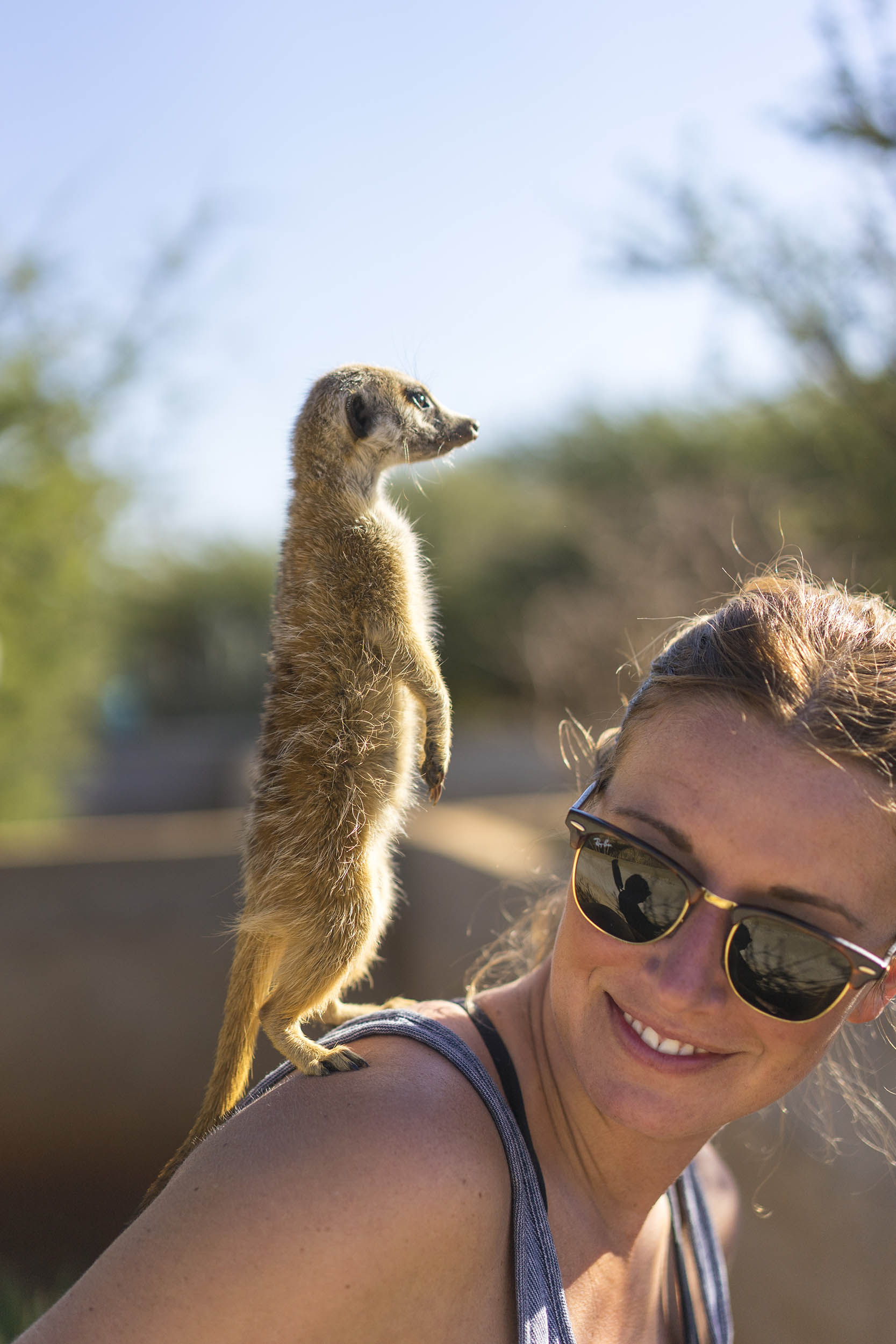
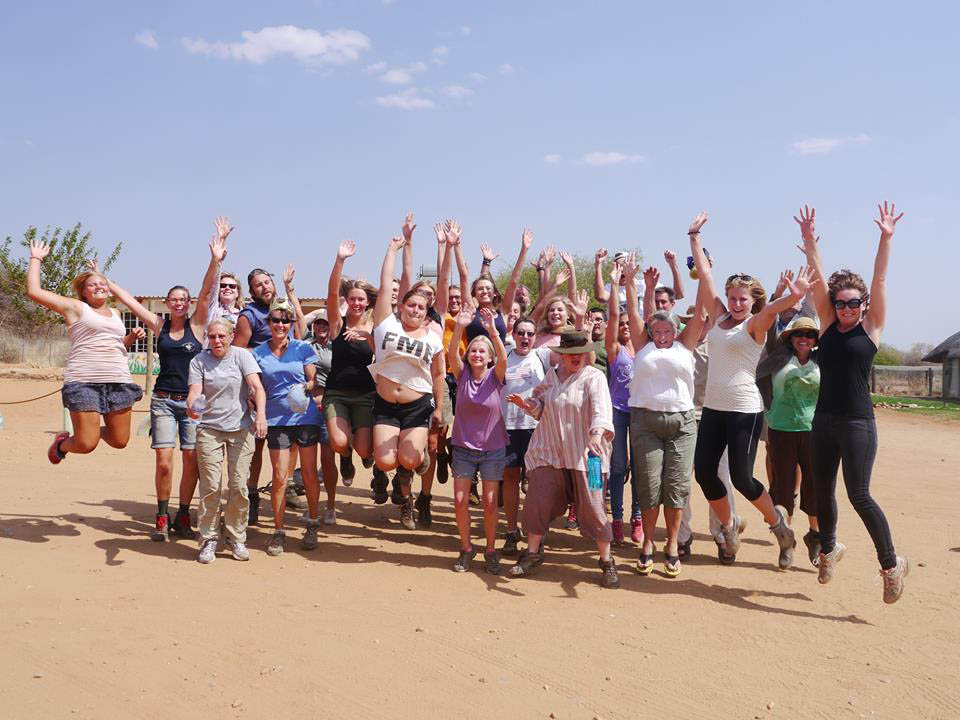

-5d133e1ada4f7.jpg)

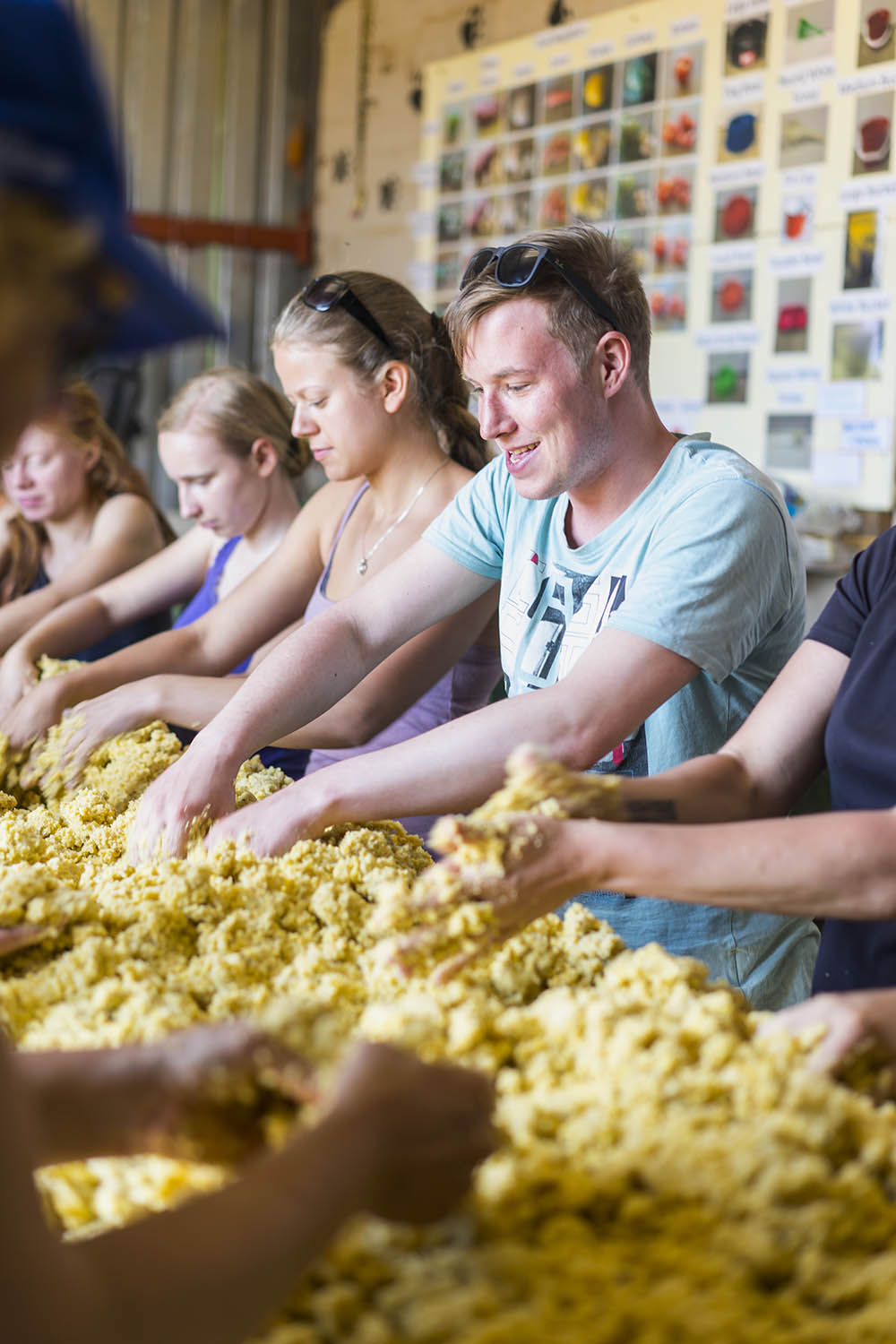


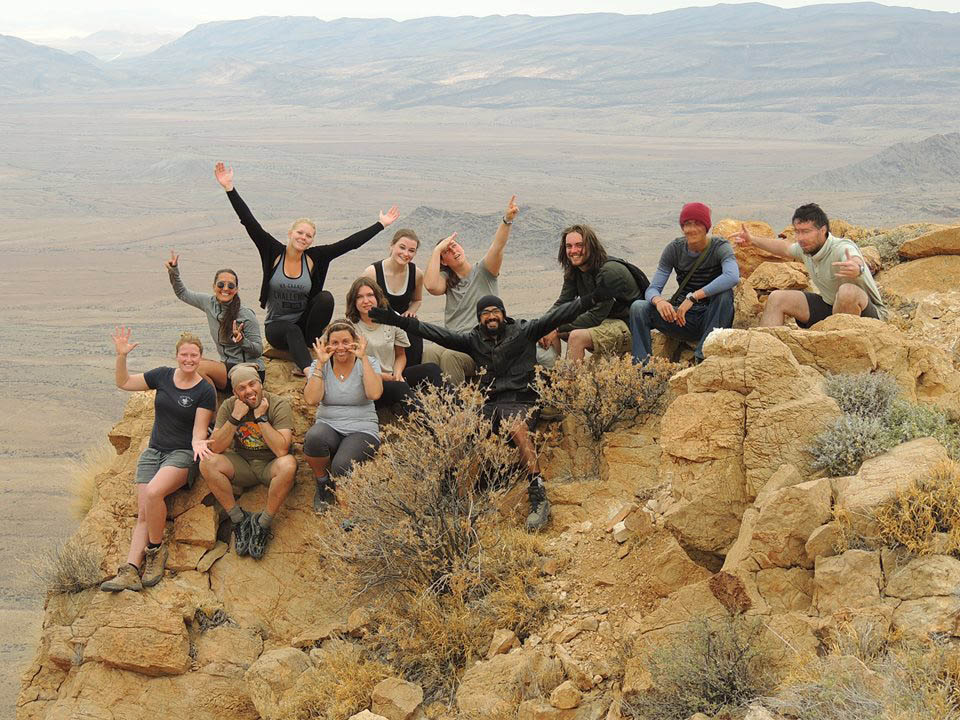

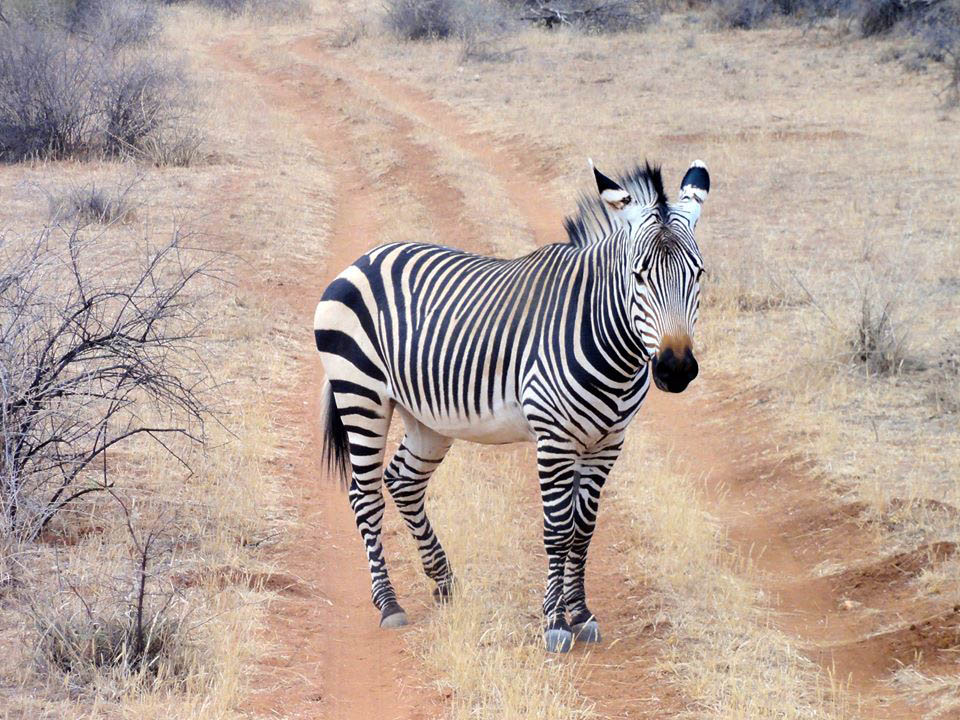



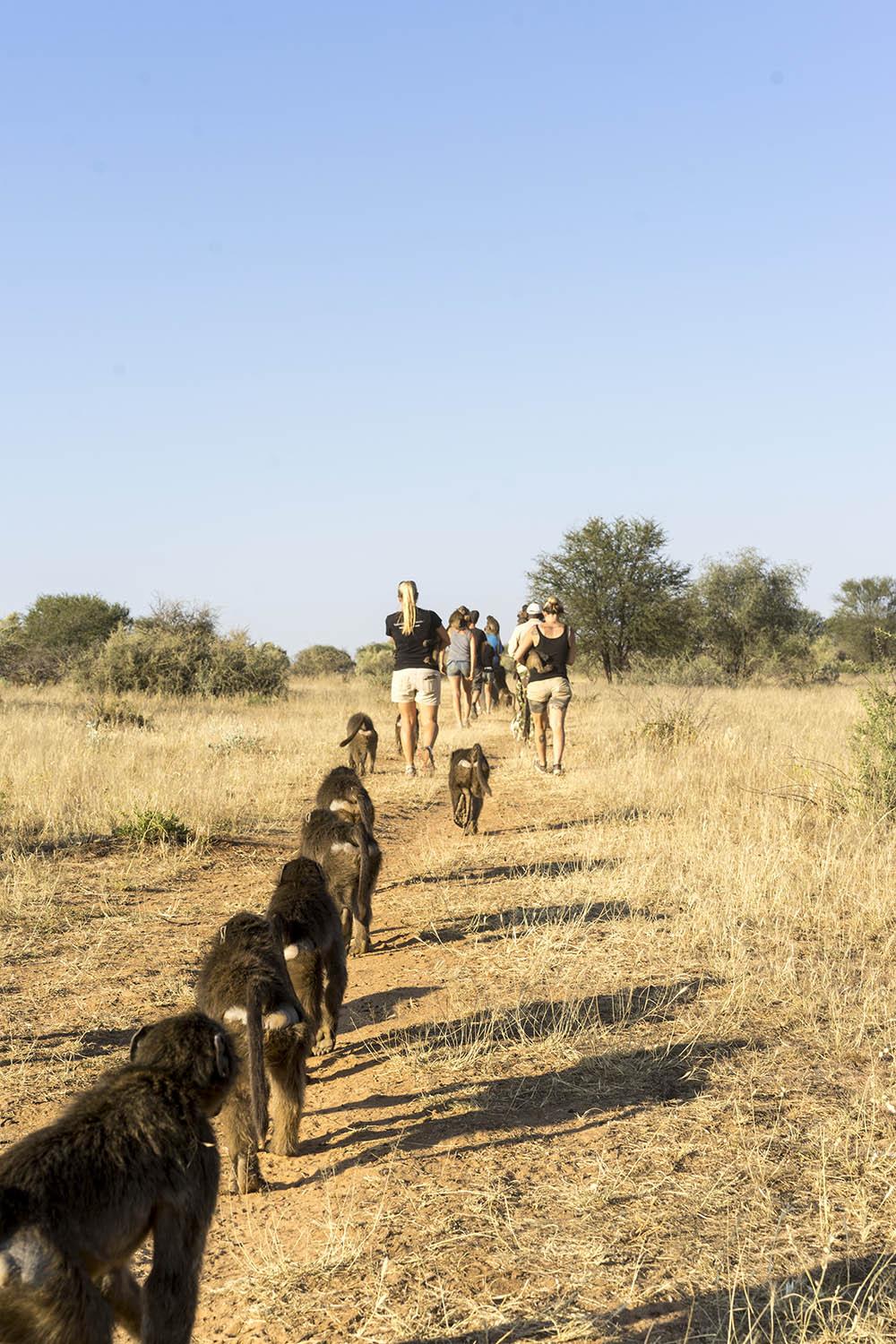

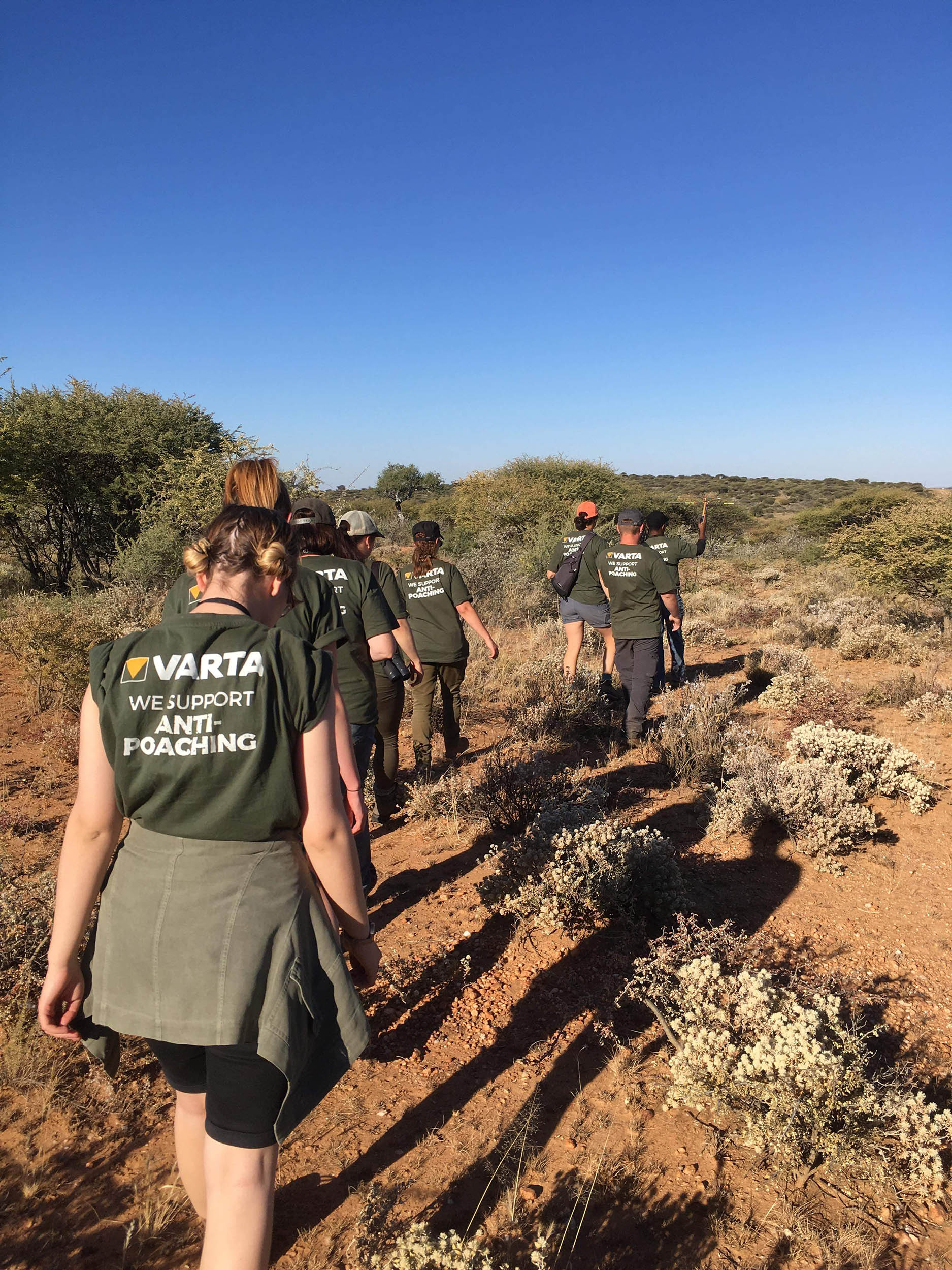




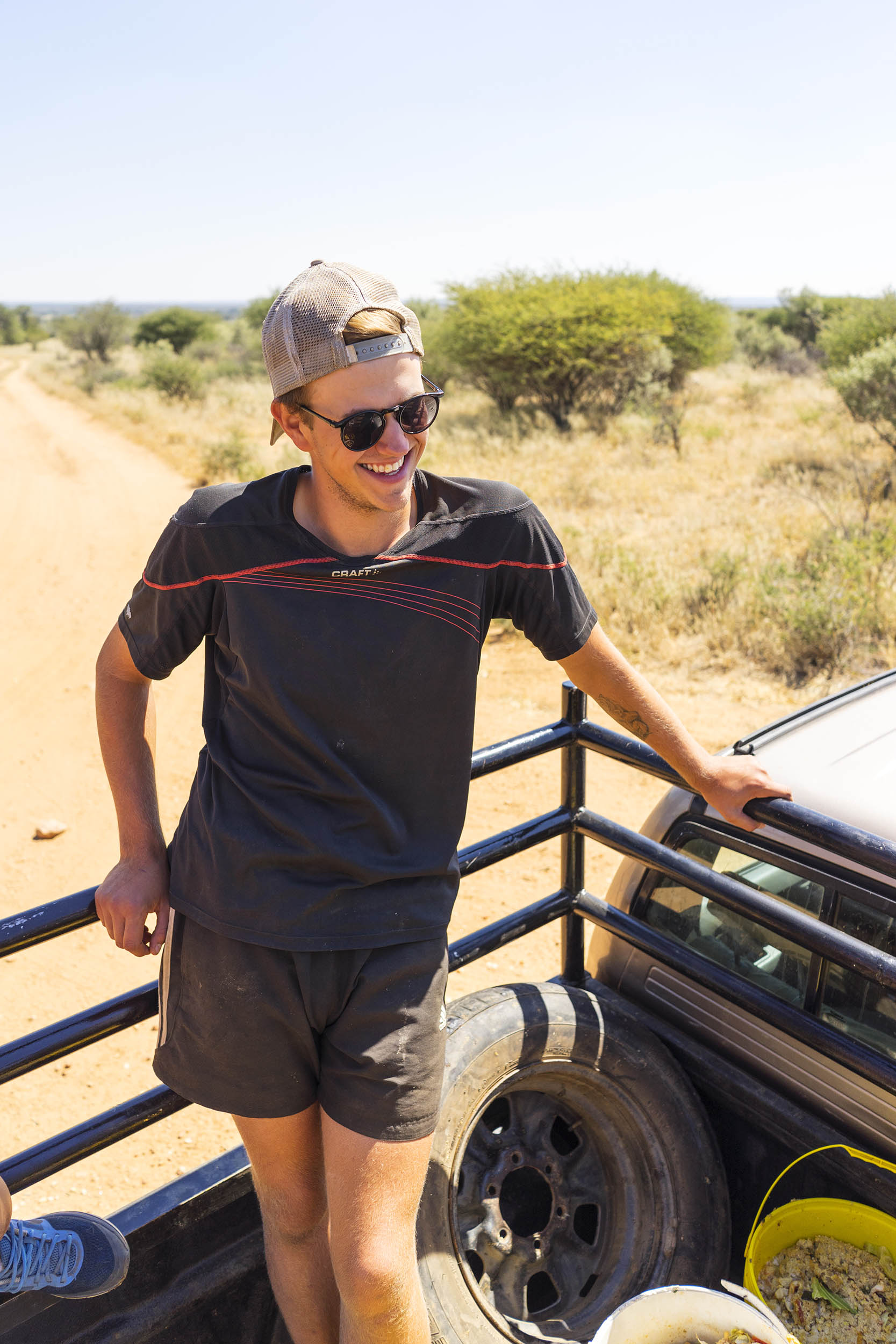

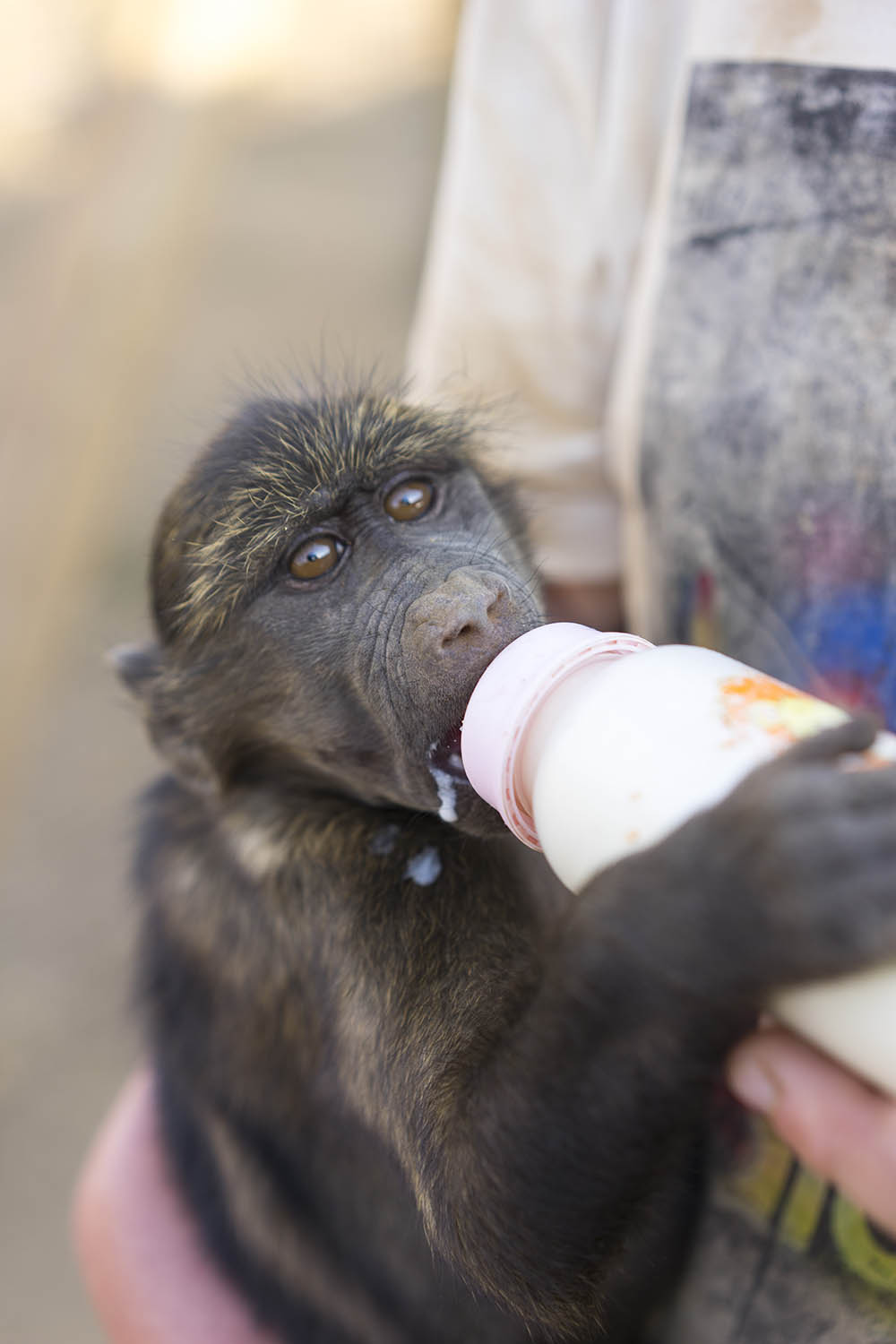
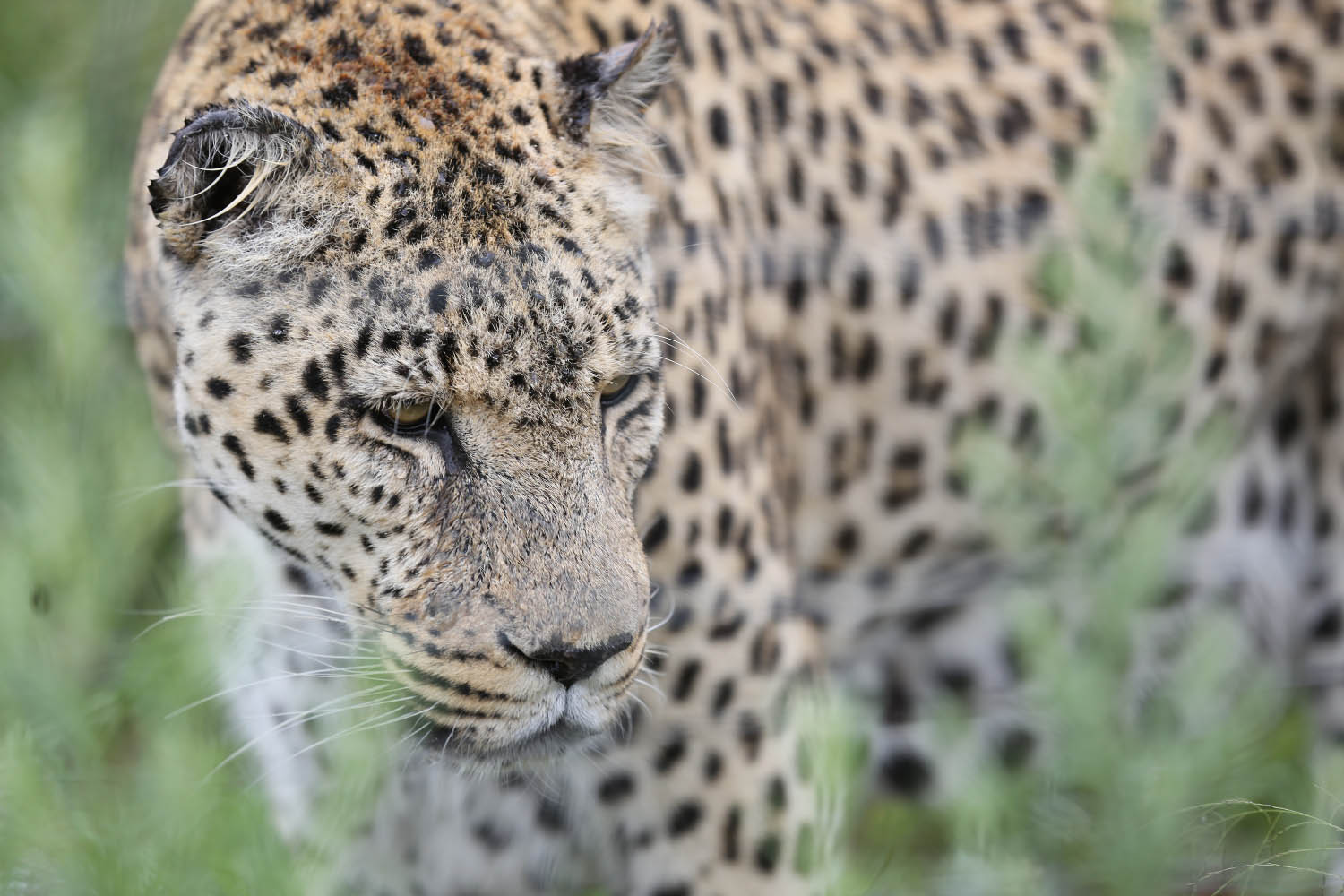




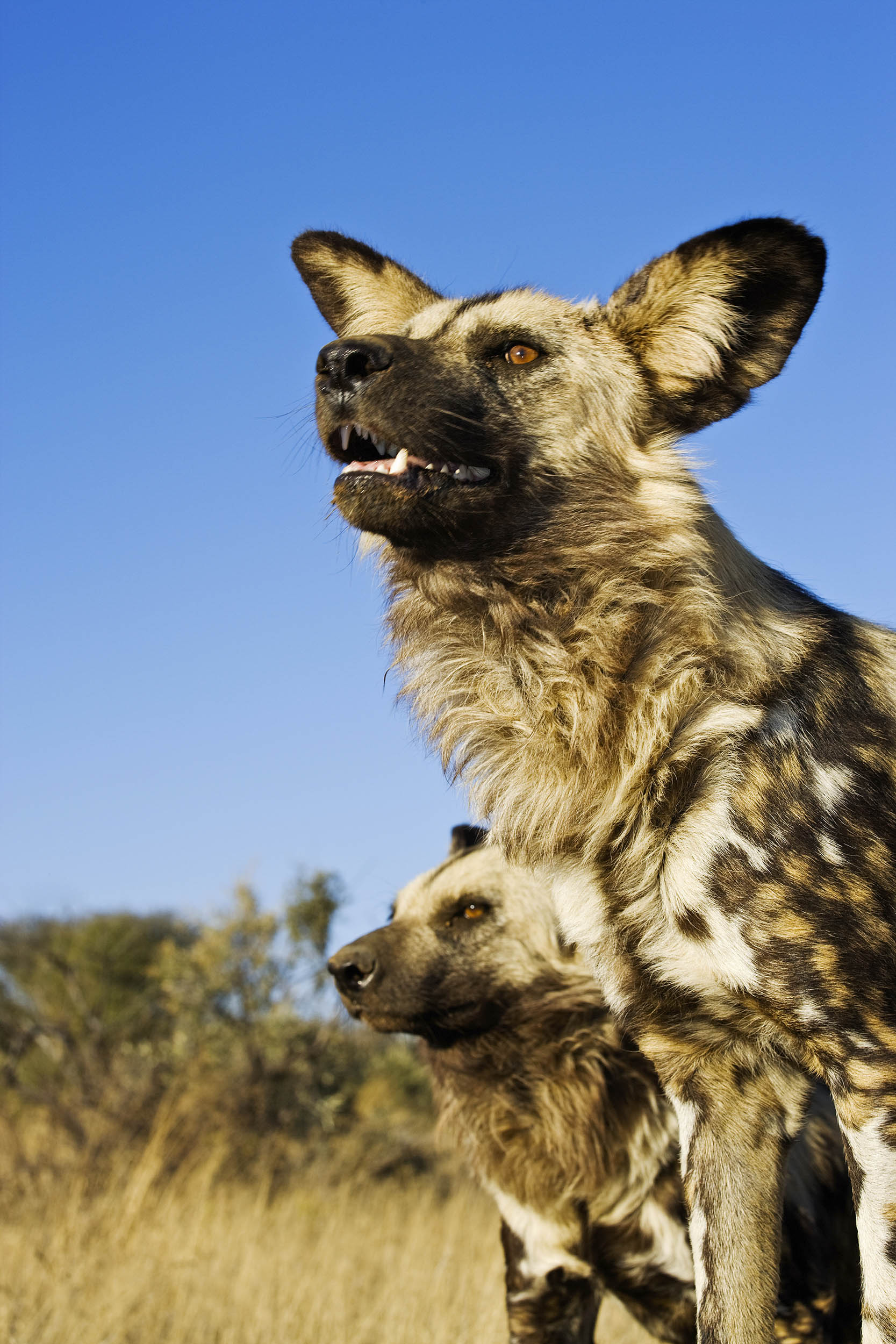

(1)-5d133e3fb48ed.jpg)







-5d1ba3fd088c7.jpg)